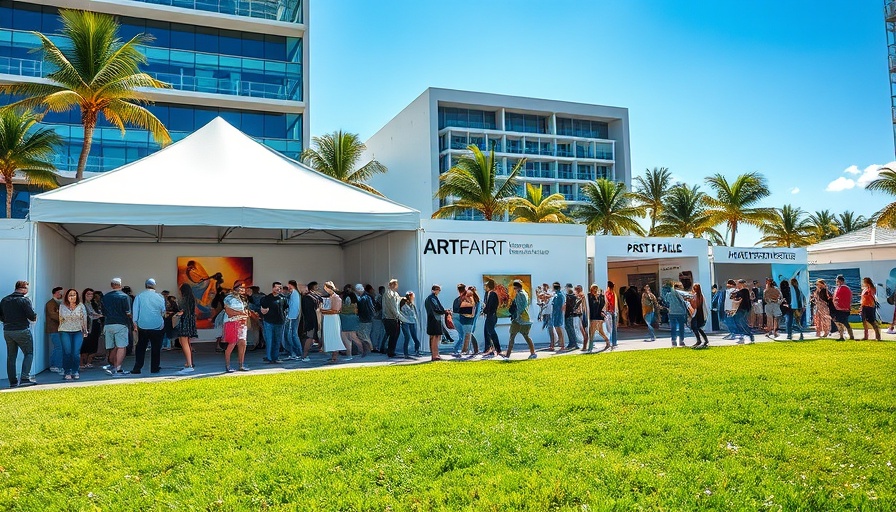
Understanding the Contemporary Art Market Trends in 2024
The contemporary art market has undergone significant changes in 2024, with a notable increase in transactions contrasted by a decline in high-value sales. This dichotomy reveals a rapidly evolving landscape, driven by shifting buyer interest and market dynamics. As earlier reports highlighted, while the total number of transactions rose, fewer than ever crossed the $1 million mark, suggesting that the market is moving away from the “celebrity auction” mentality that dominated in previous years.
Key Changes in Auction Dynamics
According to the ARTnews report, the global auction turnover for contemporary artworks has actually increased, yet the most prestigious sales have dwindled. This pattern signals a shift towards a broader range of accessible artworks, making contemporary art more inclusive and democratized. Notably, digital sales played a crucial role in this evolution, with online platforms facilitating greater participation from diverse buyers. As Thierry Ehrmann, CEO of Artprice.com, mentions, the market now emphasizes not just high-end pieces but a variety of affordable options that reflect the popularity of artists like Julie Mehretu and Jadé Fadojutimi.
Declining High-End Sales and Emerging Artists
The luxury market, which once thrived on multimillion-dollar sales, appears to be retreating as investors explore alternatives. The attention towards targeting affordable artworks enables new talents to break into the market and gain recognition. The report illustrates that with fewer high-value auctions reaching astronomical figures, artists generally perceived as second-tier now find themselves in the limelight. Remarkably, women artists have seen rising prominence—significantly changing the historical male-dominated landscape of the art world.
The Future of the Arts: Broader Accessibility and New Opportunities
The evolving nature of the art market invites collectors and investors to rethink their strategies. As evidenced by elements mentioned in the Forbes article on trends in the global art market, there’s a compelling narrative of growth among smaller galleries and emerging artists, further driven by technological advancements that encourage participation from a wider audience. Not only does this open doors for prospective collectors, it also signals a positive trajectory for future art transactions, which may continue to favor unique, eclectic pieces over traditional high-value investments.
A Look Ahead: What This Means for Art Collectors
For top wage earners in cities like Philadelphia, the shifting dynamics of the art market present both challenges and opportunities. As financial priorities evolve, collectors have the chance to invest in artworks that resonate with contemporary culture rather than solely those associated with historical prestige. Embracing this new normal could lead to surprising discovers in the contemporary scene, allowing for more meaningful personal connections with art.
In conclusion, the 2024 contemporary art market offers various insights that can reshape strategies for collectors. While traditional high-value sales might be dwindling, a broader, more inclusive approach is emerging—an avenue ripe for exploration. For those considering investing in art, recognizing these trends is essential and can ultimately lead to enriched collecting experiences.
 Add Row
Add Row  Add
Add 




Write A Comment